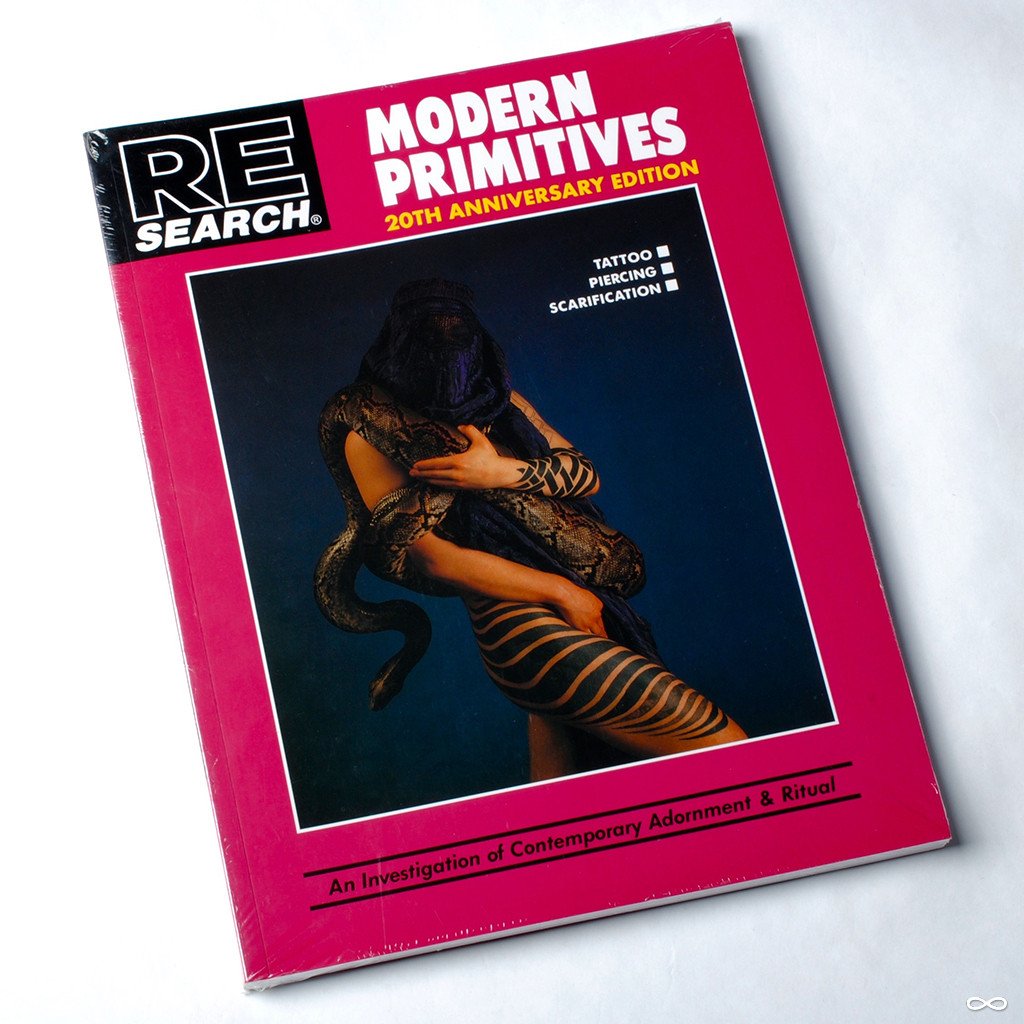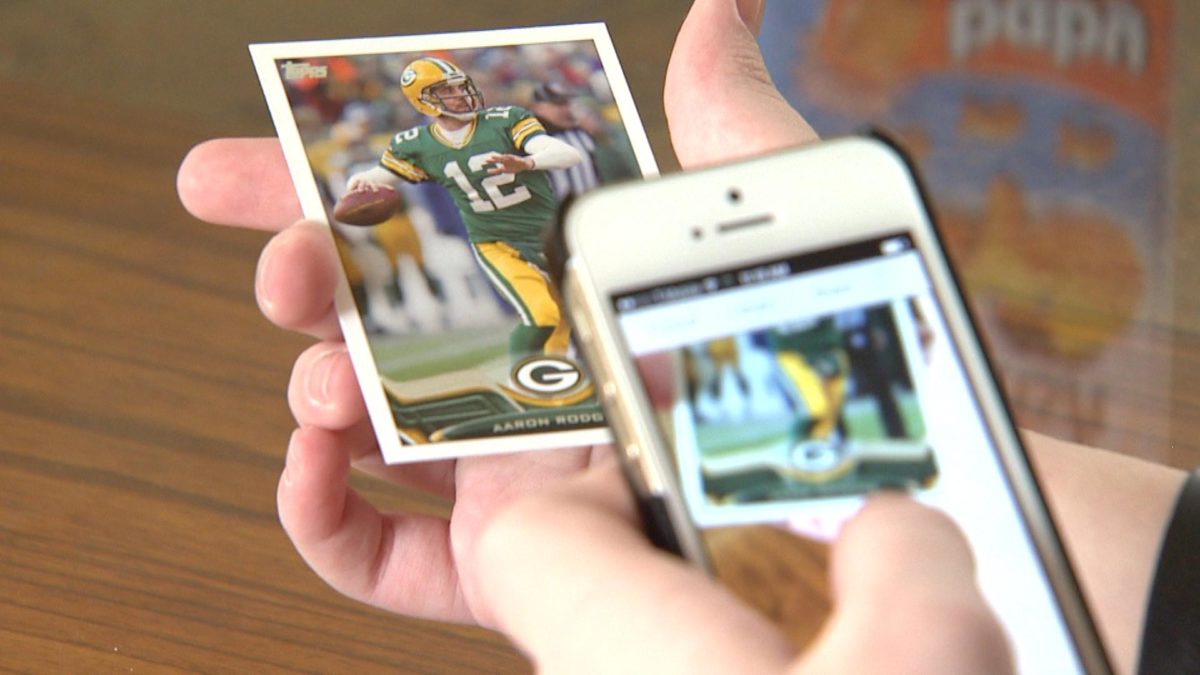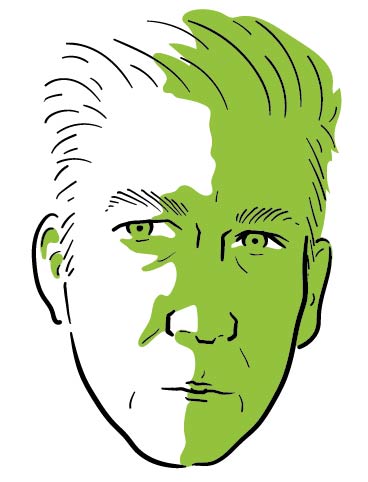
Originally published in 1989, RE/Search Publications’ Modern Primitives turned out to be far more popular than anyone could have expected from a book about tattoos, piercing, and ritual scarification. The body modification anthology helped drag the very idea of tattooing out from the world of bikers, sailors, and indigenous tribes, and thrust it deep into the hipster mindset. Just a few years after Modern Primitives was released, legal tattoo parlors began cropping up in suburban shopping malls, and body art went mainstream, with tattoos becoming as commonplace as pierced ears.
For over a decade now, the FBI, working with a number of independent contractors, has been trying to develop a foolproof facial recognition program to pick would-be terrorists out of a crowd. While far from perfect, facial recognition technology has advanced far enough to be picked up and implemented by Apple, Google, and various local law-enforcement agencies around the country. Meanwhile, iris scans, considered the next generation of fingerprint identification, has become almost commonplace in corporate and federal office buildings as a first-level security measure despite precious little supporting evidence our irises are as unique as claimed.
The next evolutionary stage in the FBI’s use of biometric identification is at once problematic, ham-fisted, and ridiculous. According to the Electronic Frontiers Foundation (itself now a subsidiary of Google, which is worth keeping in mind), since at least 2015 and perhaps earlier, the FBI’s Cryptanalysis and Racketeering Records Unit has been building a database of tattoo designs.
Tattoos, like scars, moles, and other unique features inscribed on the surface of the flesh, have long been used as a means of identifying both criminal suspects and unidentified bodies. The current motivation is hardly a new one, given for years investigators, employing what they termed TAG-IMAGE, have been using tattoos to finger members of street gangs, organized crime families and white supremacist groups.
Now, however, it seems the goals of the new project are far more ambitious. The FBI hopes to use your tattoos as a means of learning about not only your connection to some larger and undoubtedly sinister organization, but your personal tastes, beliefs, family members, religion and ethnicity. Their ultimate goal in building the database is the further construction of a mobile app which will allow officers to immediately pull up all the information available based on your body art.

The image recognition technology at the heart of the project is already readily available. I’m blind, and so make regular use of several apps, like Tap Tap SEE and Seeing AI. Using any of these apps, all I need to do is point the phone at something—a product on a grocery...
You have reached your article limit
Sign up for a digital subscription and continue reading all new issues, plus our entire archives, for just $1.50/month.
Already a subscriber? Sign in





